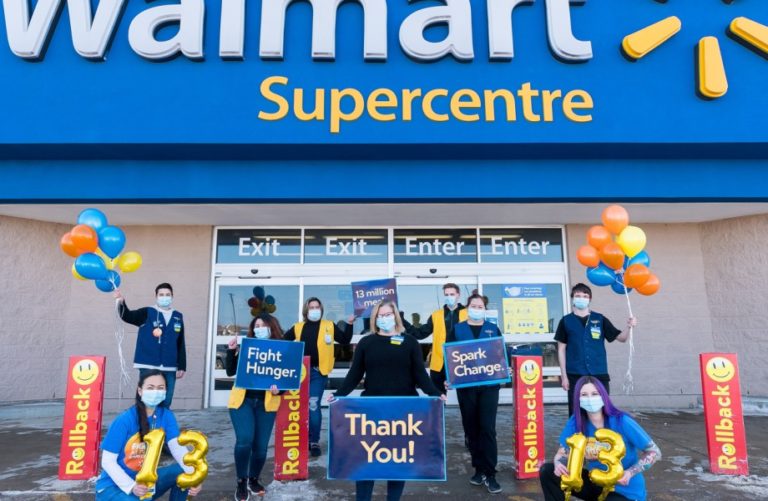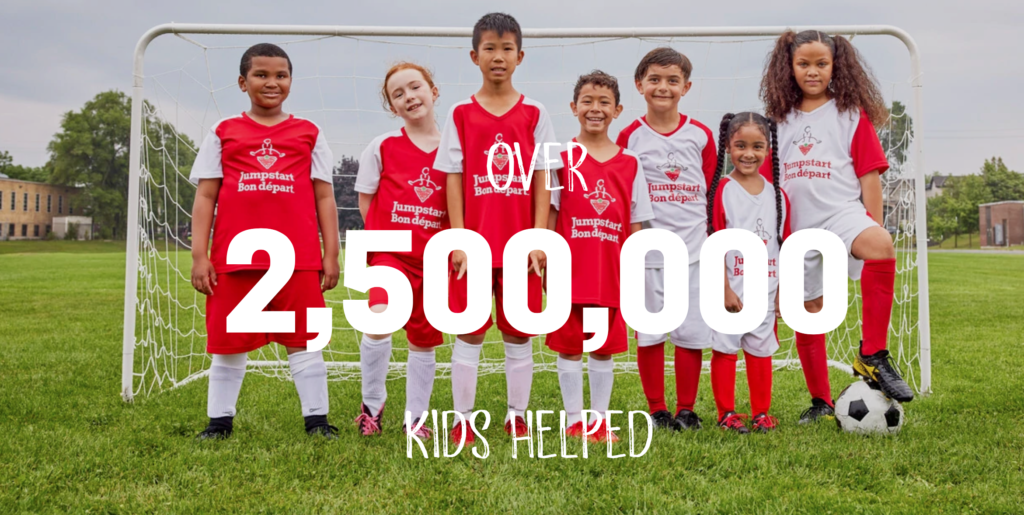Buy a coffee and help send a kid to camp. Purchase a lipstick and donate to breast cancer research. Order takeout and donate to your local food bank. From retail and restaurants to large-scale corporations, examples of cause marketing are everywhere.
What is cause marketing and why are brands jumping on board?
Unlike traditional marketing with the main goal of driving profits, cause marketing has brands partnering with nonprofits to give back and do good.
It’s not entirely selfless, however. This type of partnership also raises a brand’s profile and perception, which can lead to consumers feeling good about supporting an organization who donates to charity, spending more, and thus increasing the company’s bottom line.
A 2013 global study on corporate social responsibility by Cone Communications/Echo Global found 91% of consumers were willing to switch to a brand that supports a good cause given similar price and quality. 92% would buy a product with a social and/or environmental impact if given the opportunity.

Many brands take advantage of ‘Giving Tuesday’ (held every year on November 30th) to make a difference. In 2021, food delivery company Skip the Dishes partnered with Food Banks Canada for the second year in a row, with one dollar from each order being donated to fight food insecurity. The first campaign provided 732,000 meals across Canada. This was in addition to the $1 million donation Skip the Dishes made to Food Banks Canada at the beginning of the pandemic.

Walmart Canada also donated a whopping $6.6 million to Food Banks Canada in April 2021 with their ‘Fight Hunger. Spark Change.’ campaign that would provide the equivalent of 13 million meals.

How brands can do cause marketing well
Whether it’s saving the rainforest or helping underprivileged youth succeed in sports, there are some key considerations brands should follow in order to do cause marketing well, according to Brandwatch, a digital consumer intelligence company.
1. Choose a cause you believe in
Cause marketing will work to your benefit if the cause is something that your employees can get behind, put in the effort and feel good about helping. Some employees may even feel encouraged to volunteer.
Actually, paid time off for volunteering is one of the few employee benefits that has increased considerably in recent years. According to Statistics Canada, in 2018, roughly 34% of employed Canadians had an employer-based program or policy to encourage formal volunteering.

2. Find a cause related to your industry
Support a cause that show’s your company’s values, and makes people associate your brand with helping that cause after the campaign is well over.
For example, if your company manufactures and sells sports equipment, you might consider partnering with an organization that helps disadvantaged kids with the financial support they need to get involved in youth sports. Your campaign goal could focus its community outreach efforts on raising awareness about the sports program and driving donations to ensure kids have equal access to sport and recreation. Canadian Tire Jumpstart has been particularly good at this.

3. Raise awareness while raising funds
Although money is helpful to all nonprofits, donating your expertise is just as valuable. Companies should add social good directly into their business and make raising awareness a priority.
For example, Sun Life Financial has made prevention of diabetes and its complications an important cornerstone of its donations and global sponsorships. One of the company’s partnerships, Sun Life Dunk for Diabetes, encourages healthy habits through basketball-inspired fitness challenges, nutrition education, healthy snacks and encouragement from the Toronto Raptors and the National Basketball Association.

4. Collaborate with the nonprofit
For a rewarding partnership, get clear on what both parties expect or want from the arrangement. Maybe you connect the nonprofit with community leaders, partners and other resources, and they help boost your brand’s visibility by adding your logo to campaign-related marketing materials shown at charity events, on their website and social media. Clearly define how to use your company’s branding in a marketing campaign, and how the key messages can align both the nonprofit and your business.
5. Make social and earned media a top priority
Create clear content that can easily be adapted or repurposed to suit different multiple media channels to drive engagement and maximize the effectiveness of your campaign.
Canadian Red Cross did this well when it came to spreading the message about ice safety. Following a sea shanty trend that would generate billions of views globally, the organization was inspired to create their own version. Their video has had 2.3 million views on social media, with further clips coming from members of the organization’s digital volunteer program. You don’t have to be available on all social media platforms. But what matters is to create an impact on a few that you are present on.

What nonprofits should look for when partnering with a brand
For nonprofits, raising awareness and raising money is the why to everything they do. By partnering with a company, nonprofits can expand their campaign’s reach and hit fundraising goals more quickly.
And while it may seem like a win-win, there are certain best practices nonprofits should follow to ensure the campaign is a success.
1. Know your partner’s market and reach
Gain a better understanding of your partner’s demographic and market reach. Will they be interested in supporting your cause? Do they have anything in common with your audience? This is important for broadening your audience for future campaigns, and that’s not doable if the partner audience isn’t likely to actively support your mission.
2. Find a common mission
According to members of Forbes’ Business Development Council, just as brands should look for a cause they believe in, nonprofits should also seek out a brand with a shared common mission and the resources to help meet their goals.

3. Align your values
When pondering a collaboration, ask whether the company is socially responsible as a corporation, and whether it represent the values of your nonprofit. Focusing on the greater campaign outcomes, while not compromising either party’s values and mission, is vital.
4. Align your goals, too
Nonprofits should also choose brands that have integrity and are aligned with their goals and desired outcomes. Setting expectations from the get-go and maintaining check-ins throughout the campaign are crucial to the success of a long-term partnership.
5. Develop clear roles
Be clear on what each person in the partnership is doing. Is everyone aligned on what the partnership is for and about? More importantly, is each party benefiting equally? It’s also important to determine each party’s strengths and weaknesses and what each side can bring to the table.
6. Seek long-term partnerships
Making a positive difference in the world doesn’t happen overnight, so nonprofits should look for long-term alliances with companies, when possible. A long-term partnership is important to improve social impact and find new market opportunities. However, you must stay flexible. As time goes on, the partnership will evolve and you need to be open to changes.

cloudStack Services is a cloud software company helping nonprofits drive social good. For more articles and resources, please visit our Resources page.


